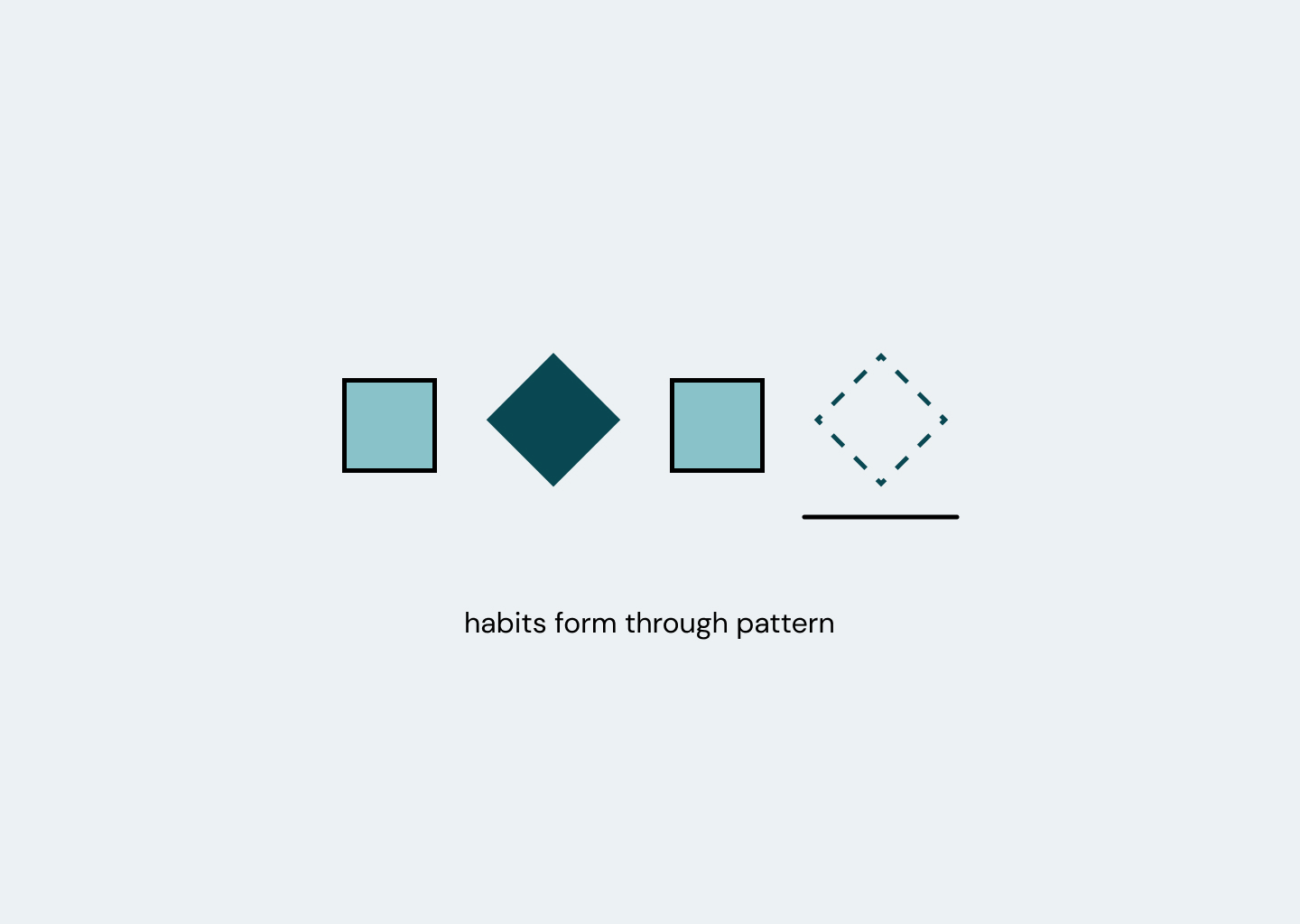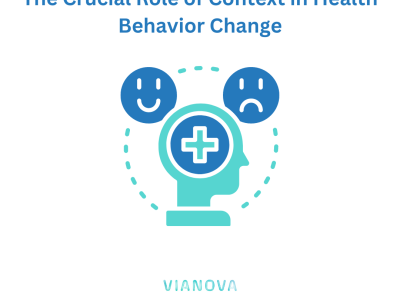
The human brain is not a clock. It’s a pattern machine.
We are wired to recognize patterns.
Our brains are constantly processing information from the world around us, looking for familiar patterns and making predictions about what will happen next. This ability to recognize and create patterns is not just something that happens in our heads – it has a direct impact on our behavior.
Edward Thorndike’s Stimulus Response Theory explains this concept. Under this theory, human behavior is “a series of interactions between stimuli and the responses they evoke from human subjects”.
Think about the last time you encountered a familiar pattern – maybe you saw a stop sign while driving, or heard the sound of a familiar song. In that moment, your brain quickly recognized the pattern and triggered a response. You stepped on the brake pedal or started humming along to the tune without even thinking about it.
This is what happens when you form a habit, your brain automatically creates a routine, and you subconsciously stick to it without planning or overthinking it.
Our ability to recognize patterns and respond automatically is a key aspect of behavior. Our brains are constantly creating neural pathways that reinforce certain patterns of behavior. For example, if we consistently wake up at a certain time every day, our brains will create a pattern that makes it easier for us to wake up at that time in the future.
However, patterns can also be disrupted or changed. If we encounter a new situation that doesn’t fit our existing patterns, our brains are forced to adapt and create new patterns of behavior. This can be challenging, but it can also be a powerful tool for growth and learning.
For example, if we want to develop a new skill, such as playing a musical instrument or learning a new language, we need to create new patterns of behavior that reinforce that skill. This might involve practicing every day or seeking out opportunities to use the new skill in real-life situations.
Overall, recognizing and creating patterns is a fundamental aspect of human behavior. By understanding how our brains process information and create patterns, we can better understand our own behavior and make conscious choices about how we want to shape our patterns of behavior in the future.




FEEL FREE TO DROP US A LINE.